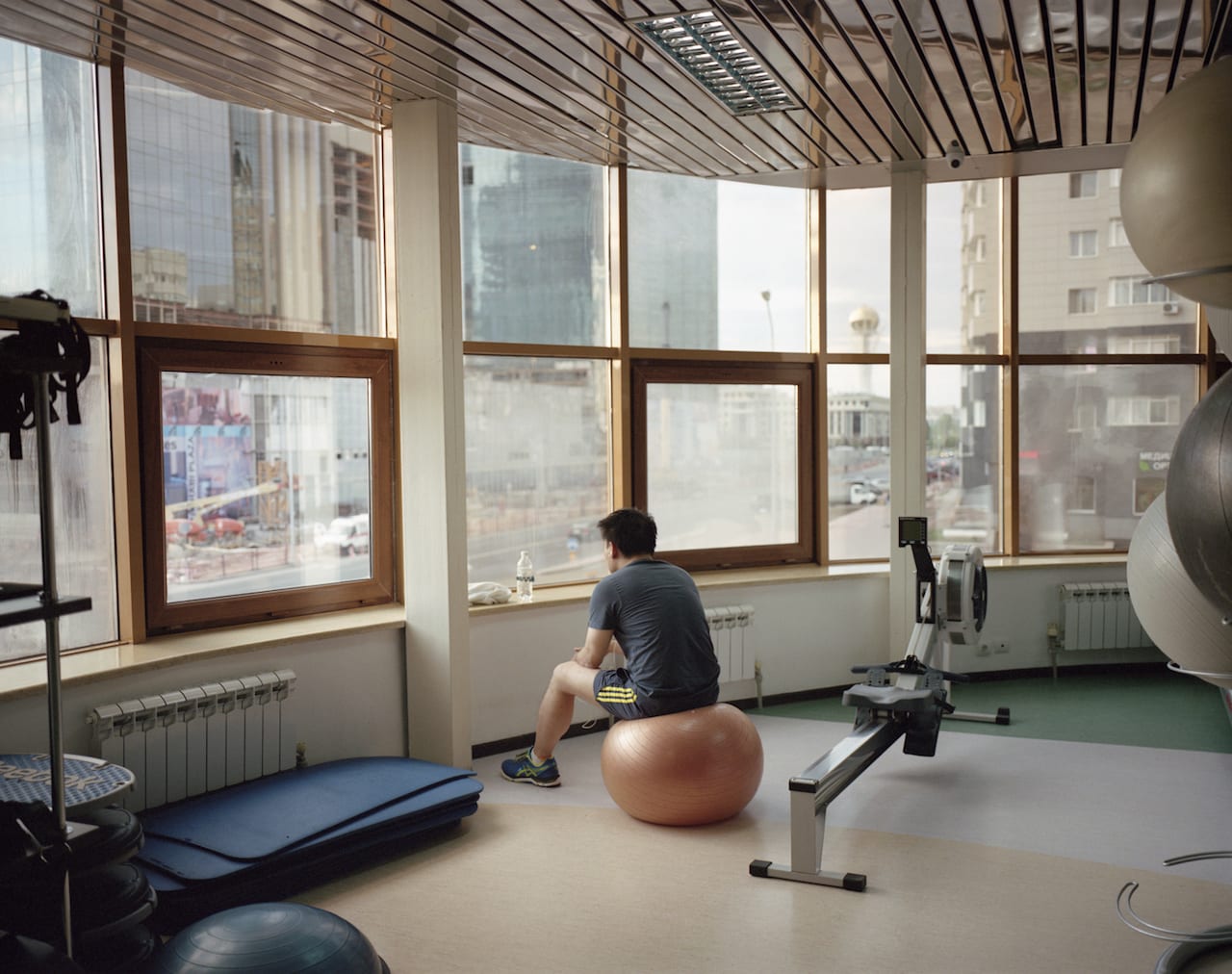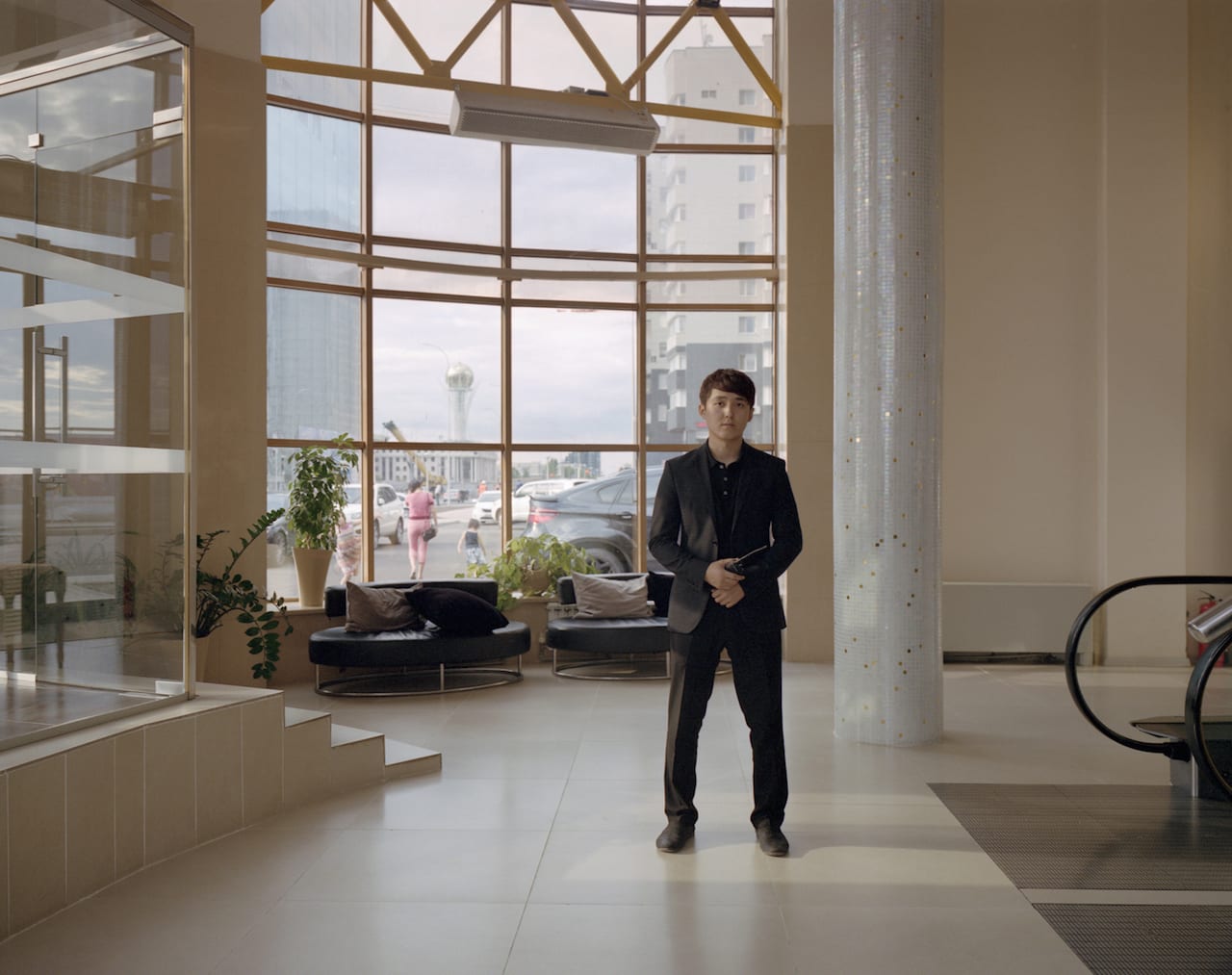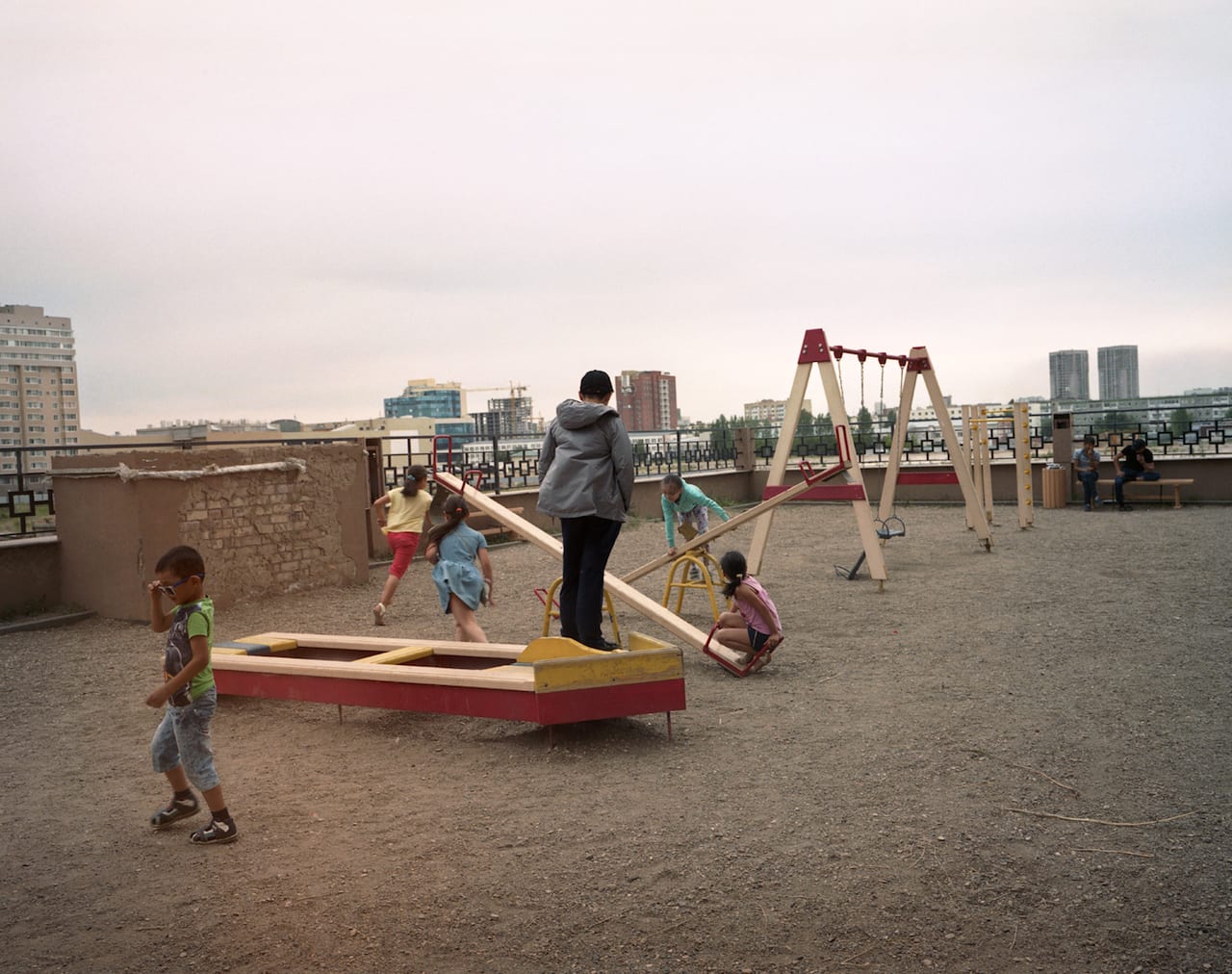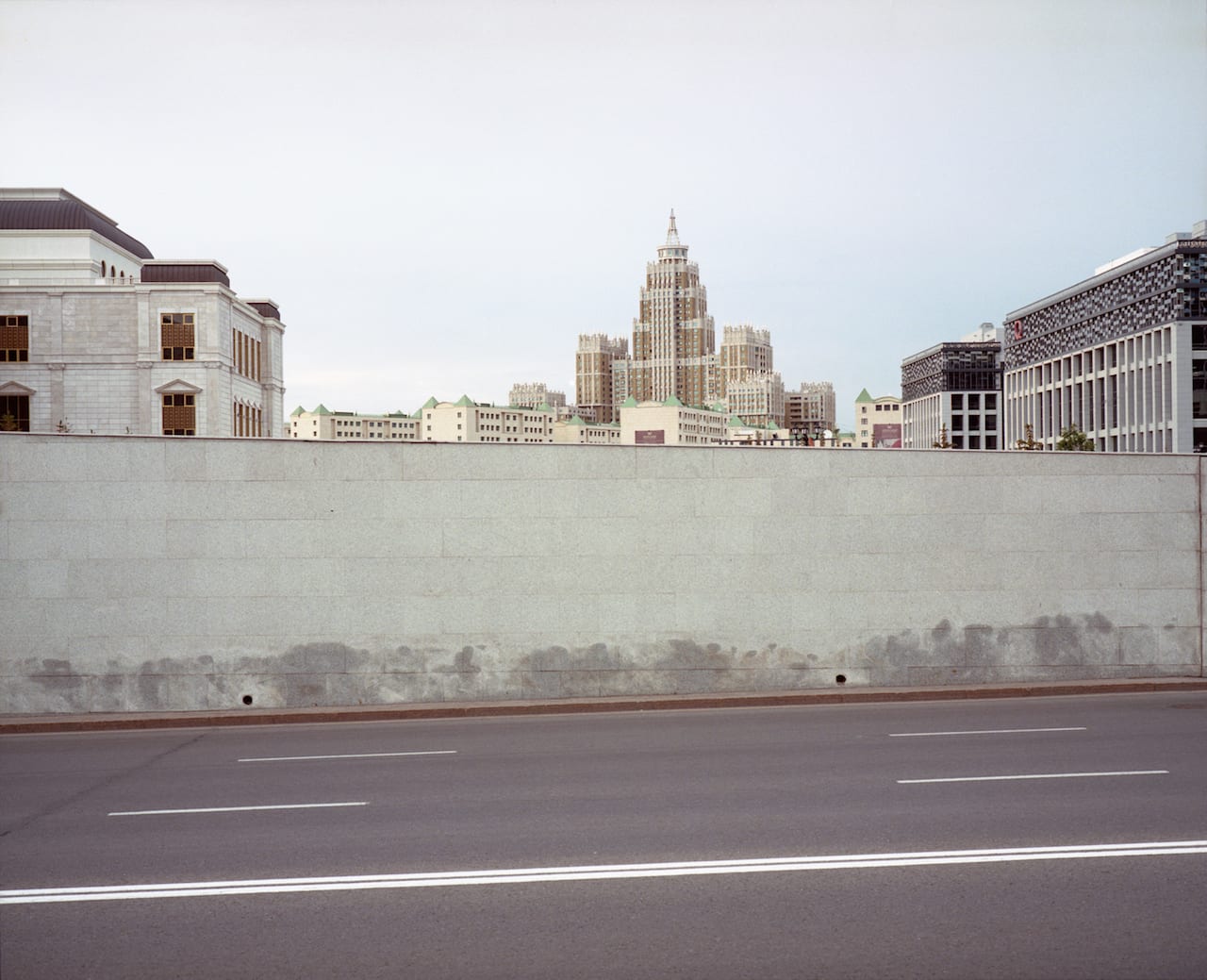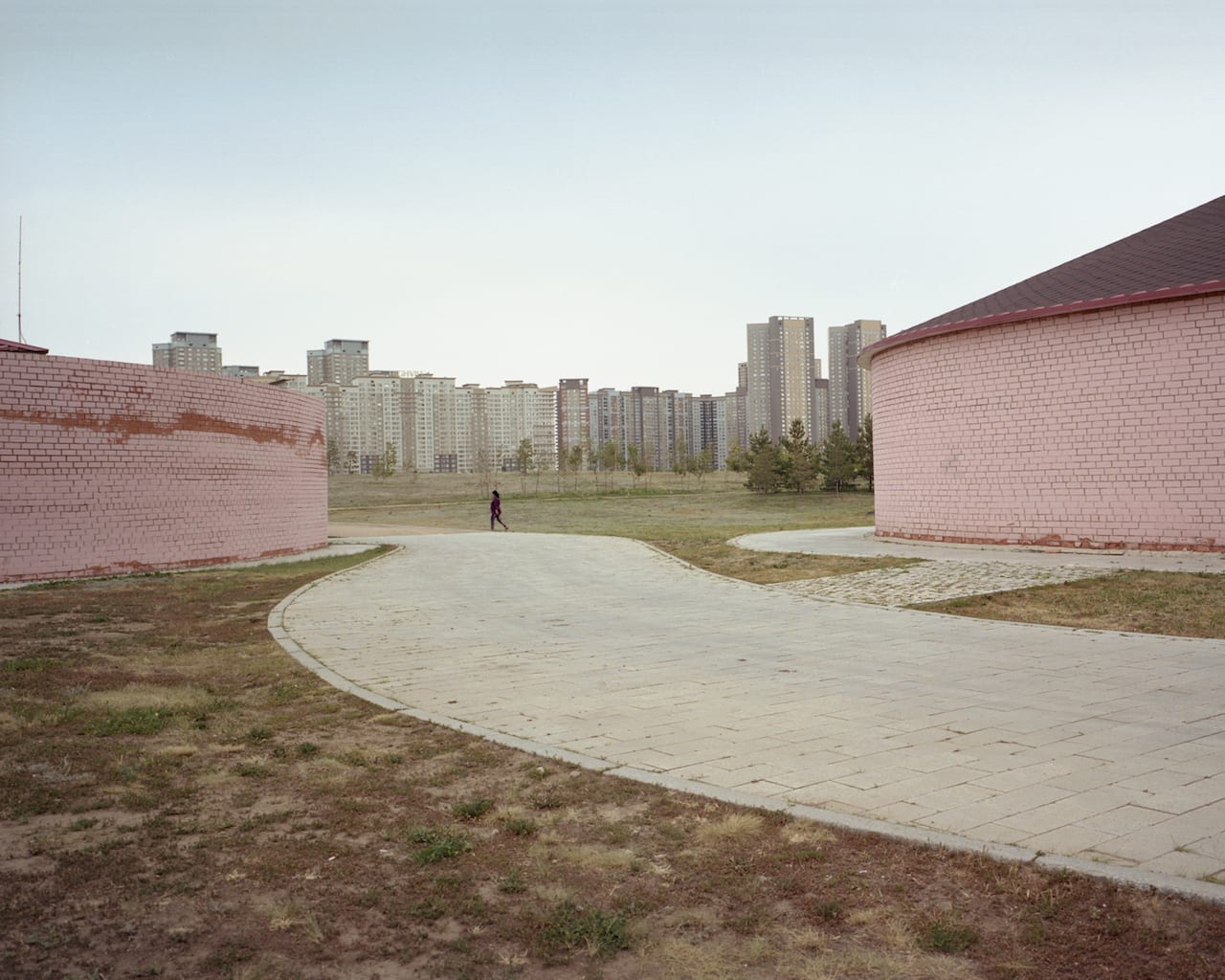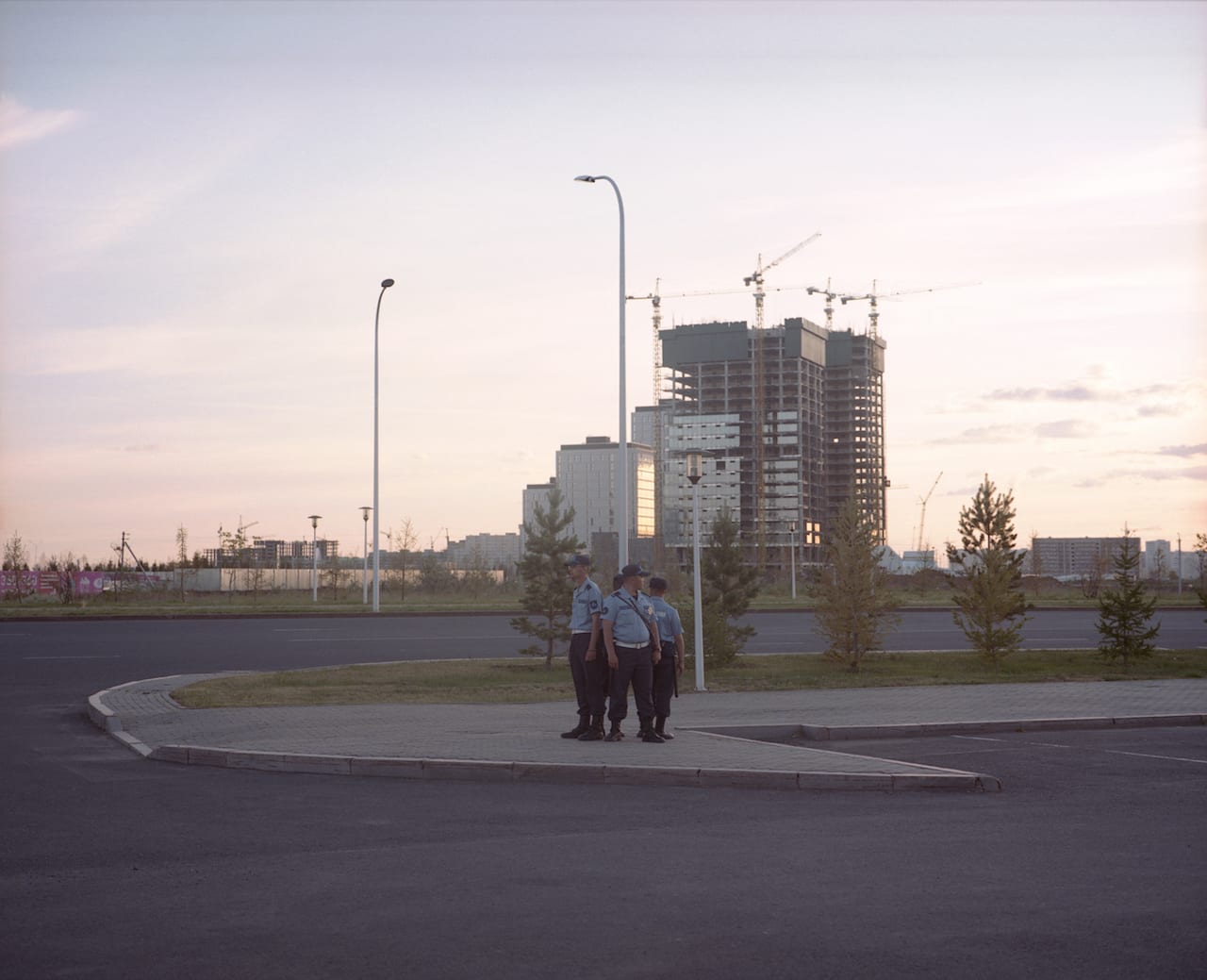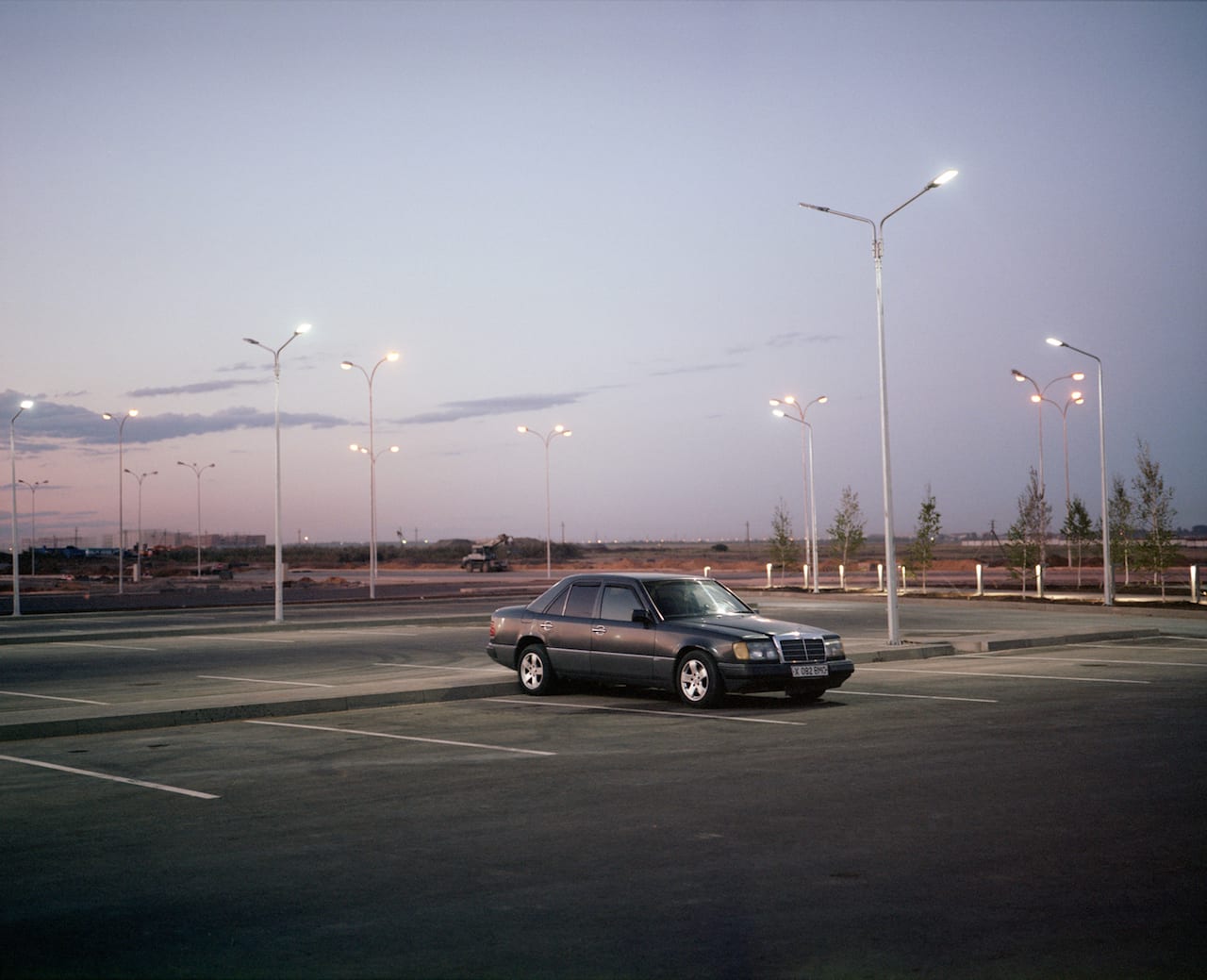Out of a 1200km-stretch of grassland in northern Kazakhstan, glistening skyscrapers shoot up into the landscape. Among the impressive buildings rising out of the otherwise sparse terrain are two identical golden towers, a fantastical presidential palace, and a looming centrepiece that blossoms into a large golden sphere. It packs quite a visual punch, but what’s most impressive is that it’s all been built in just 15 years.
Astana became the capital of Kazakhstan in 1997, and has since developed into one of the most modern cities in Central Asia. It’s futuristic buildings are designed by world-famous architects such as Norman Foster and Zaha Hadid, their work paid for via the country’s recently-discovered oil reserves.
“I was impressed,” says photographer Tomer Ifrah, who was one of BJP’s ones to watch in 2017, and who visited the city in June and October last year, staying for a month each time. “The city is convenient, there are many jobs because it’s growing, and it’s not very expensive. It’s a good place to live.”
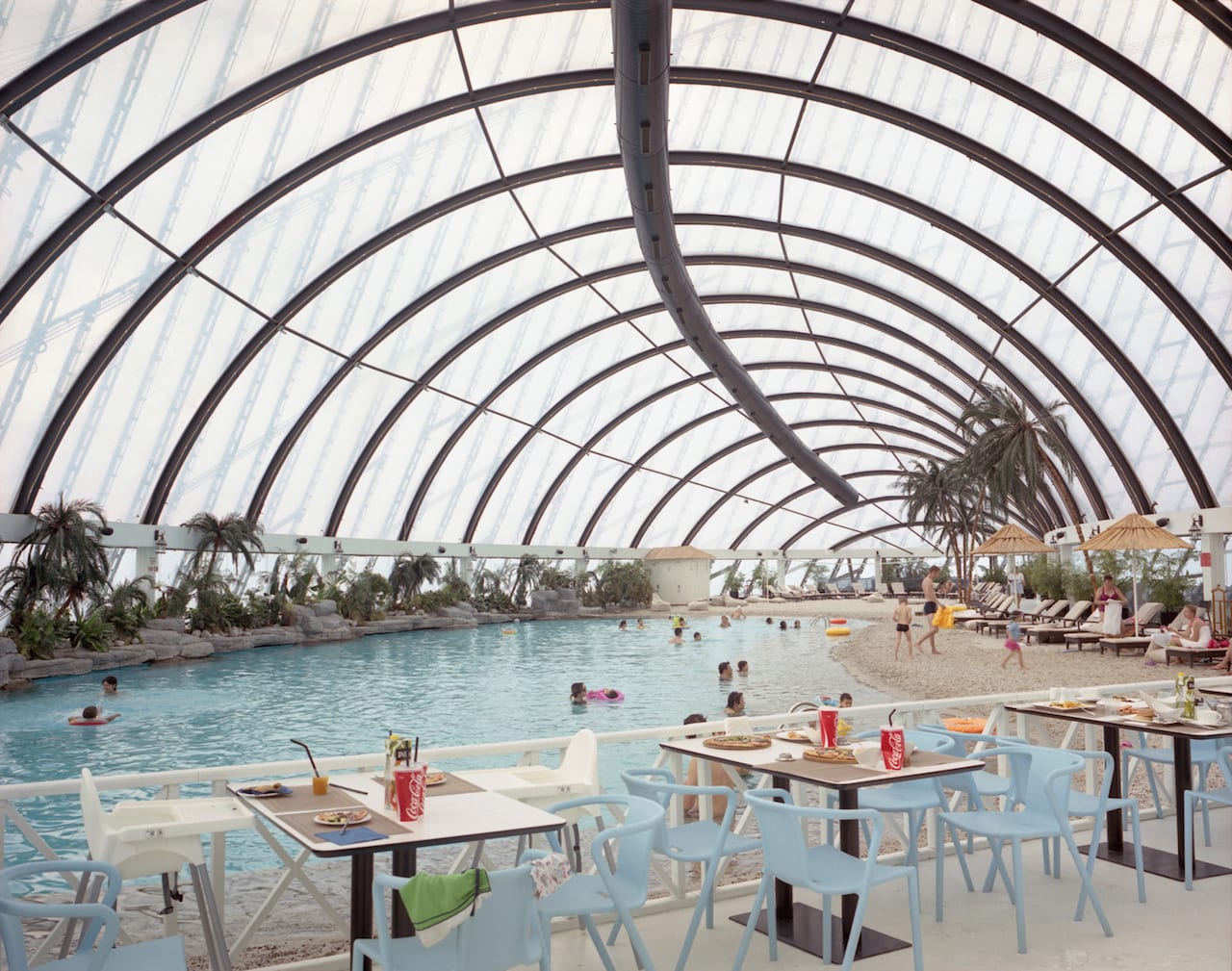
Indeed, the city has plenty of open space, multiple shopping malls, and even an indoor swimming pool with a fake beach. Ifrah says the people he met there were very happy with their home, and exceptionally hospitable and kind. Their only problem the long winters, because Astana is the second-coldest capital city in world, after Ulaanbaatar in Mongolia. At their lowest, Astana’s temperatures sink to -30 degrees celsius.
The city has more than 1m residents – a figure that’s more than doubled over the last 15 years – but there’s room for many more. Ifrah recalls a strange contrast between the impressive structures he saw and the lack of people to fill them. “Walking around, in many parts of the city you don’t see a single person,” he explains. “There are so many lights coming off the buildings at night but not that many people.”
This lack of people lends Ifrah’s photographs a dream-like quality, or perhaps the air of a film set. Take his shot of a group of girls in ball gowns, for example, a scene he stumbled across near the opera. The young women had recently graduated high school, and were being professionally photographed before their prom against a backdrop of distant skyscrapers, and on decadent, fairytale-like steps and pillars. “That was a very surreal moment,” he recalls fondly.
www.tomerifrah.com Tomer Ifrah was one of BJP’s Ones to Watch in 2017: read his story here: www.1854.photography/2017/06/tomerifrah
